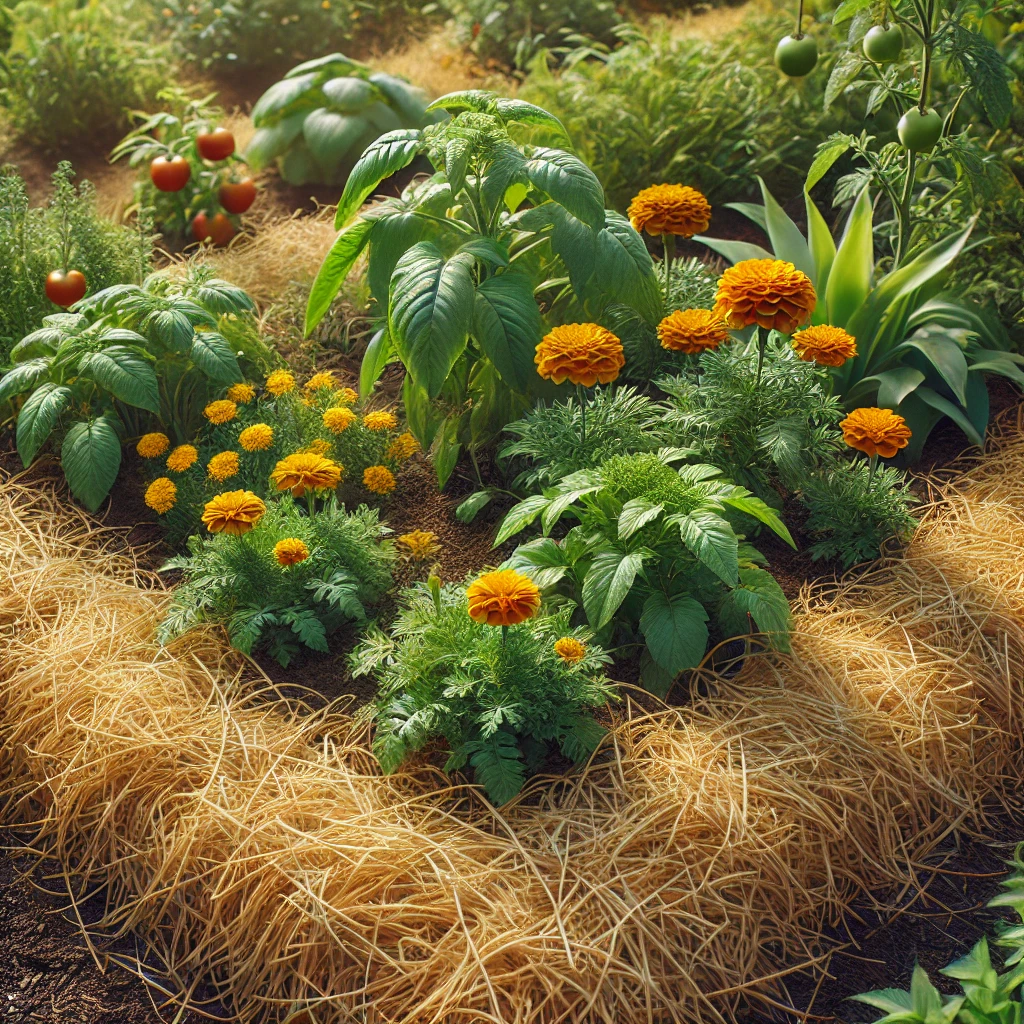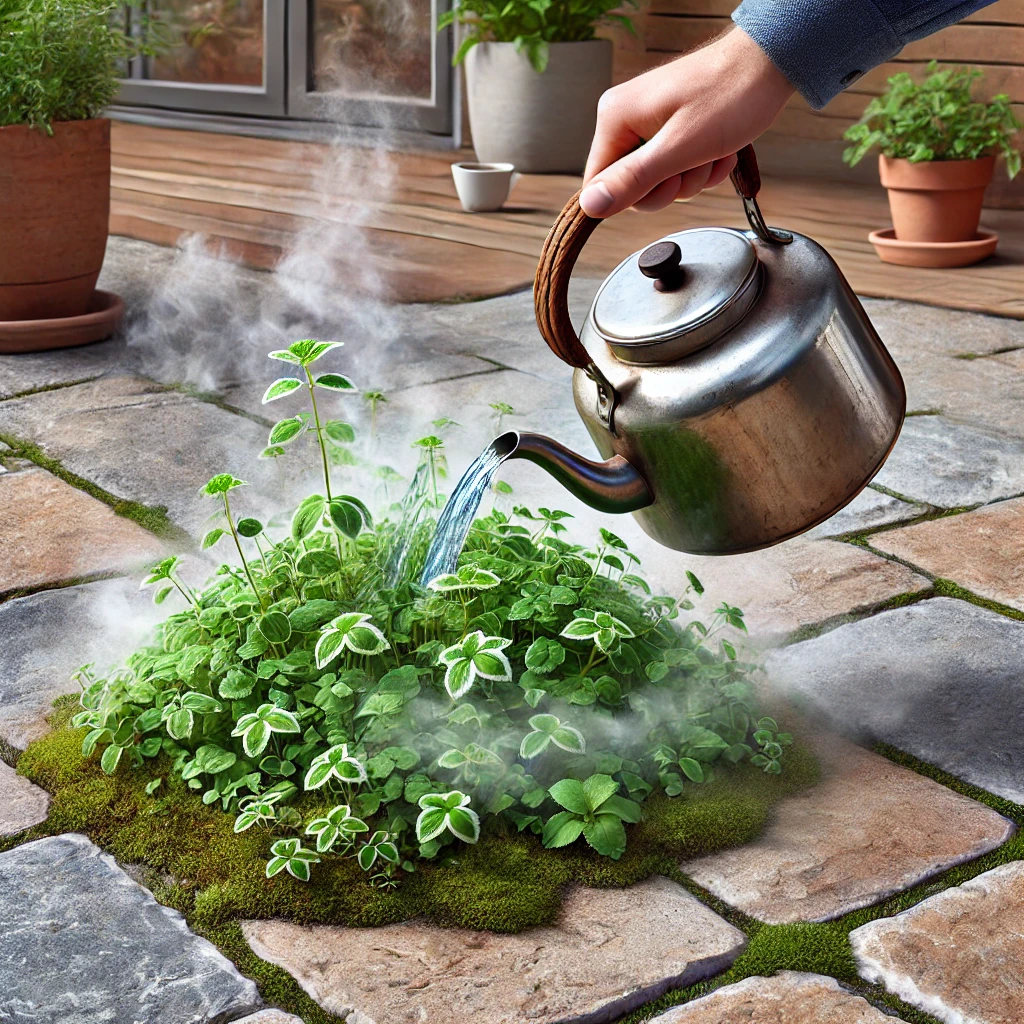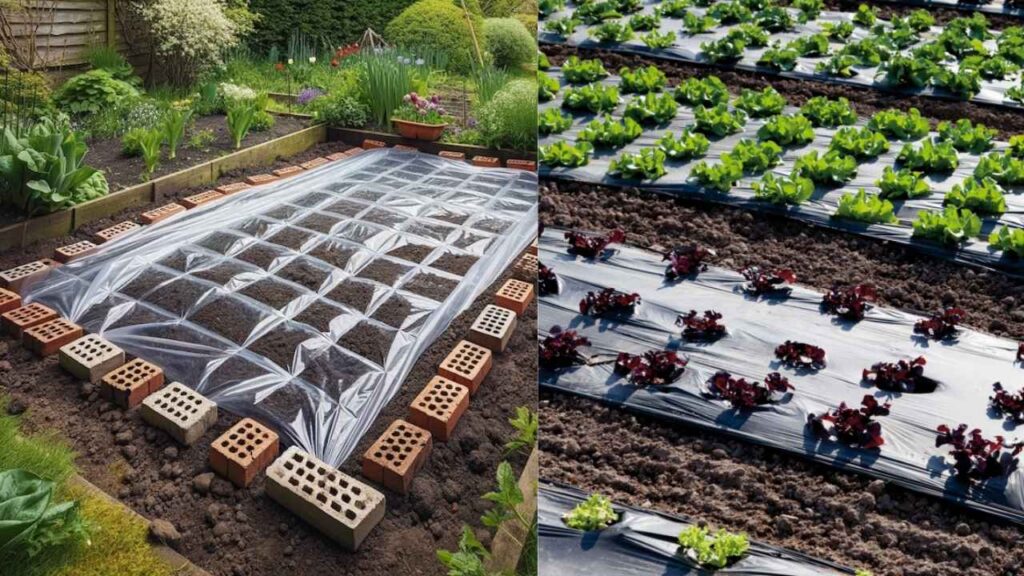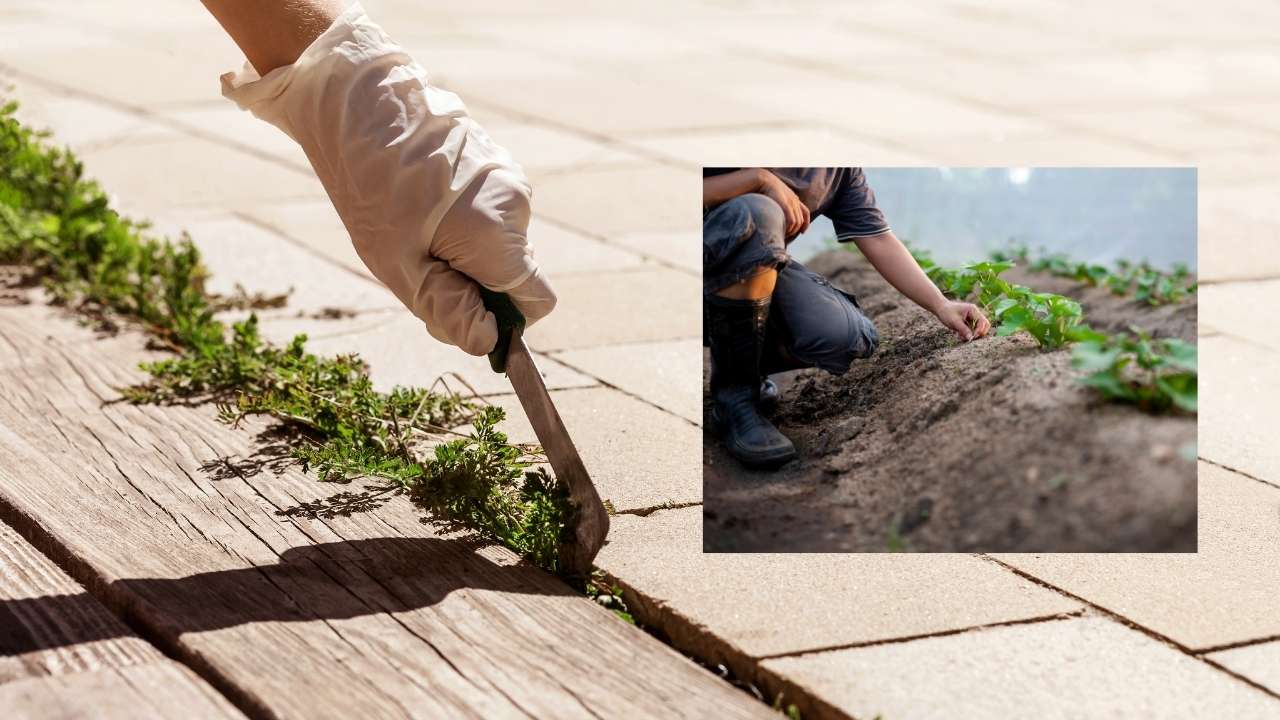Is your garden overrun by stubborn weeds stealing nutrients and space from your cherished plants? Say goodbye to these unwelcome guests—naturally! Discover the top 10 organic weed control methods that will transform your garden into a thriving, weed-free paradise. Let’s dive in and get your garden back on track without a drop of harmful chemicals!
1. Mulching: Nature’s Weed Barrier
Mulching is my go-to method for suppressing weeds. By covering the soil with organic materials like straw, wood chips, or shredded leaves, we can block sunlight from reaching weed seeds, preventing them from germinating.
- How to Apply: Spread a 2-3 inch layer of your chosen mulch around plants, making sure not to cover the stems.
- Benefits: Retains soil moisture, regulates temperature, and adds nutrients as it decomposes.

2. Hand Weeding: The Classic Approach
Sometimes, the best tools are our own two hands. Regularly pulling weeds by hand ensures they don’t have a chance to spread.
- Tips: Weed after rain when the soil is soft. Use a hand fork or trowel for deep-rooted weeds.
- Bonus: It’s a great way to get some exercise and fresh air!
3. Hoeing: Quick and Effective
Using a hoe to slice off weeds at the soil line is both quick and efficient, especially for larger areas.
- Best Time: Hoe on dry, sunny days so the uprooted weeds dry out and die.
- Types of Hoes: Try a stirrup or scuffle hoe for easier maneuvering.
4. Boiling Water: Simple Yet Powerful
Pouring boiling water directly onto weeds can scald and kill them instantly.
- Usage: Ideal for weeds between pavers or in driveway cracks.
- Caution: Be careful not to splash on desirable plants.

5. Vinegar Spray: Natural Herbicide
Household vinegar contains acetic acid, which can be used as a natural weed killer.
- Recipe: Mix equal parts water and vinegar. For tougher weeds, use vinegar with higher acetic acid content.
- Application: Spray directly on the weeds on a sunny day.
6. Corn Gluten Meal: Preventative Measure
Corn gluten meal acts as a pre-emergent herbicide, inhibiting weed seed germination.
- How to Use: Sprinkle it over the soil before weed seeds germinate, typically in early spring.
- Note: It won’t kill existing weeds but prevents new ones from sprouting.
7. Plant Dense Cover Crops
Growing cover crops like clover or rye can outcompete weeds for resources.
- Benefits: Suppresses weeds, improves soil health, and adds organic matter when tilled back into the soil.
- When to Plant: After harvesting vegetables or in fallow garden beds.
8. Flame Weeding: Heat Treatment
Using a propane-powered flame weeder, you can kill weeds by passing the flame over them briefly.
- Safety First: Always follow manufacturer instructions and be cautious around dry vegetation to prevent fires.
- Best For: Gravel paths, driveways, and areas away from flammable materials.

9. Organic Herbicides: Store-Bought Solutions
There are commercially available organic herbicides made from natural ingredients like clove oil or citrus oil.
- Application: Follow the label instructions for the best results.
- Advantages: Effective on a variety of weeds without harming the environment.
10. Smothering with Landscape Fabric or Cardboard
Blocking light with landscape fabric or cardboard can effectively kill existing weeds and prevent new ones.
- How to Apply: Lay the material over the weedy area and cover it with mulch or soil.
- Tip: Use this method in pathways or under new garden beds.

Recent Breakthroughs and Future Trends
Organic weed control is continuously evolving. Recently, soil solarization has gained popularity. This method involves covering the soil with clear plastic to trap solar energy, heating the soil to temperatures that kill weeds, pests, and diseases.
- How It Works: Cover the soil for 4-6 weeks during the hottest part of the year.
- Benefits: It’s a chemical-free way to sterilize the soil before planting.

Looking ahead, researchers are exploring biological weed control using specific insects or microorganisms that target weeds without affecting other plants. While still in experimental stages, this could revolutionize organic gardening.
Real-World Applications
In my own garden, I’ve combined mulching and hand weeding with great success. Last summer, I tried using vinegar spray on the dandelions sprouting between my patio stones, and it worked like a charm! A neighbor of mine swears by corn gluten meal to keep her lawn weed-free, and she’s noticed a significant reduction in crabgrass over the past two seasons.
Tables for Quick Reference
| Method | Best For | Pros | Cons |
|---|---|---|---|
| Mulching | Garden beds | Improves soil, retains moisture | Needs replenishing |
| Hand Weeding | Small gardens, precise areas | No tools needed, immediate results | Time-consuming |
| Hoeing | Larger areas | Quick for surface weeds | May miss deep roots |
| Boiling Water | Hardscapes, driveways | Chemical-free, easy | Risk of burns, not selective |
| Vinegar Spray | Spot treatment | Natural, easy to apply | Can harm other plants |
| Corn Gluten Meal | Lawns, garden beds | Prevents seed germination | Doesn’t kill existing weeds |
| Cover Crops | Fall or unused beds | Suppresses weeds, enriches soil | Requires planning and space |
| Flame Weeding | Hardscapes, driveways | Immediate results | Fire hazard, not for all areas |
| Organic Herbicides | Various weeds | Easy to use, environmentally friendly | Can be costly |
| Smothering | New beds, pathways | Kills existing weeds | Time-consuming setup |
Conclusion
Maintaining a healthy, weed-free garden doesn’t require synthetic chemicals. With these organic methods, we can protect our plants, support the environment, and perhaps even enjoy the process. Remember, the key is consistency and combining methods that work best for your specific situation.
Happy gardening! Let’s nurture our gardens the natural way and watch them flourish.
